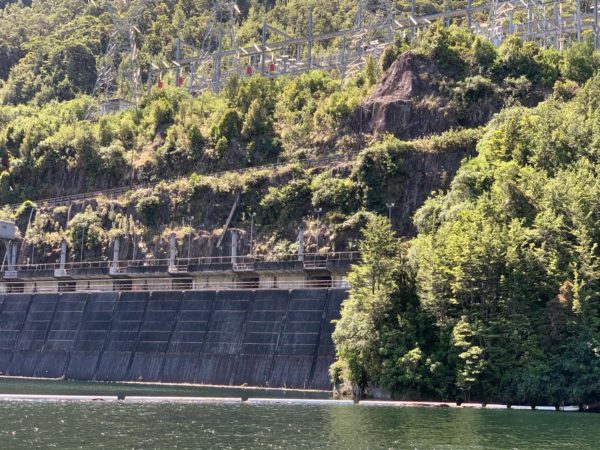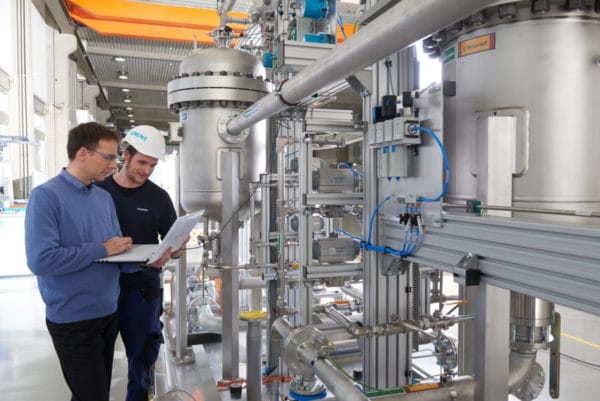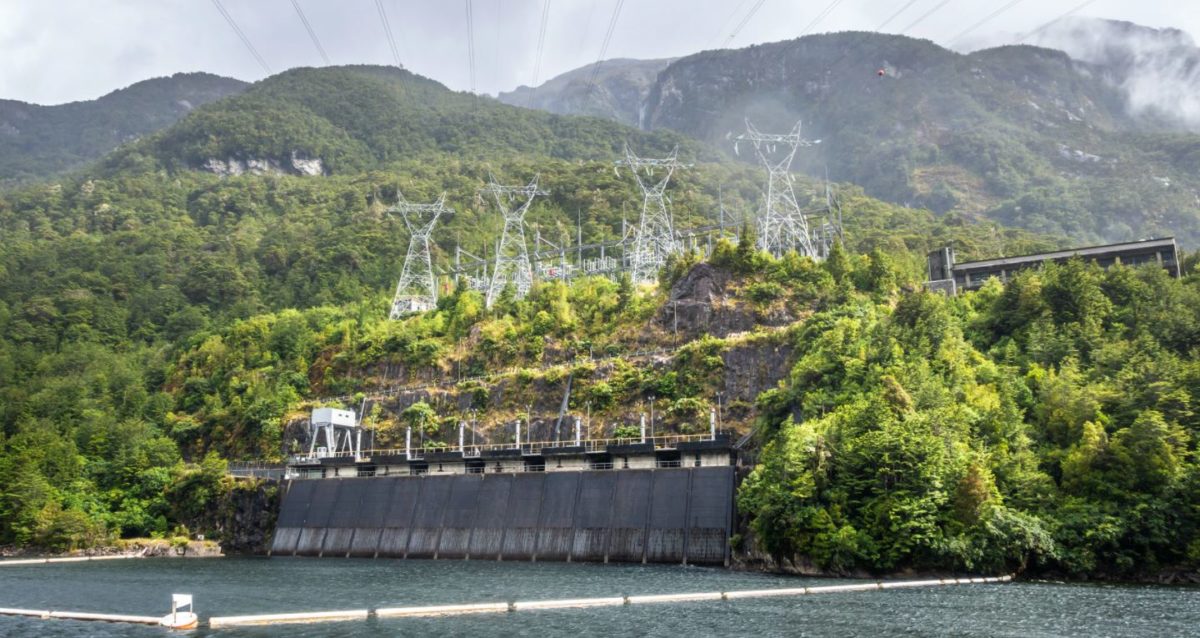New Zealand electricity generation companies Meridian Energy and Contact Energy are testing the waters with plans to establish a large-scale green hydrogen production and export facility in the Southland region using renewable energy supplied by the existing 800 MW Manapouri hydroelectric power station.
While details about the size of the proposed Southern Green Hydrogen project are scarce, Contact and Meridian are now seeking registrations of interest from potential large consumers, producers and associated service providers as they look to progress plans to develop the project near the bottom of the nation’s South Island.
The proposed project, which has reached the feasibility stage, has already overcome a major stumbling block with an energy supply already in place with the developers indicating the facility will utilise soon-to-be-surplus renewable energy produced by the Manapouri power station.
The largest hydroelectric generator in New Zealand, Manapouri currently supplies the Tiwai Point Aluminium Smelter, which consumes about 12% of New Zealand’s electricity. That supply agreement is set to expire in December 2024.
The exit of the smelter, majority-owned by Anglo-Australian mining giant Rio Tinto, will free up an estimated 438 GWh of renewable energy per year and Meridian and Contact are looking to repurpose that renewable electricity into the emerging green hydrogen industry.
“Our renewable energy gives us a valuable head start and competitive edge as markets for green hydrogen develop,” Meridian Energy chief executive Neal Barclay said.
“Early, large-scale production will allow us to build a domestic hydrogen supply chain and kickstart demand around the country.”

Image: Meridian
A study completed by global consultancy McKinsey & Co into the viability of the Southern Green Hydrogen project said the project would allow New Zealand to capitalise on a growing green hydrogen market.
“The market for green hydrogen is gathering strong momentum globally. In March 2021 there were 50 GW of announced green hydrogen electrolyser projects through to 2030, up from 3 GW in June 2019 for the same period,” the report says.
“The global demand for green hydrogen is expected to reach significant scale by 2040 and could be as high as 553 million tonnes by 2050.
“Reflecting this demand increase, supply projects are ramping up around the globe, with more than NZ$462 billion (AU$436bn) of hydrogen-related investments already announced through to 2030.”
McKinsey & Co said New Zealand has the potential to become the world’s first large-scale producer of green hydrogen with the country’s existing renewable generation likely to underpin a long-term cost advantage.
“New Zealand has a key competitive advantage, as the renewable electricity available from 1 January 2025 could produce green hydrogen at an internationally competitive price point,” the report says.
Barclay said the Southern Green Hydrogen project has the potential to earn hundreds of millions in export revenue and deliver major benefits for New Zealand.
“Developing a hydrogen economy based on large-scale production in Southland could deliver significant decarbonisation, economic and energy independence benefits for New Zealand,” he said.

Image: h2council
Modelling done on 600 MW of electrolyser capacity indicates the project could deliver significant economic benefits to New Zealand, including a one-off addition of up to AU$756 million to the nation’s GDP and ongoing benefits of up to AU$425 million per annum.
Contact Energy CEO Mike Fuge said green hydrogen production will also support New Zealand’s transition to a 100% renewable electricity generation system.
“This can be achieved by reducing hydrogen production when the country’s hydro lakes are running low, allowing electricity to flow back into the national grid to support local homes and businesses.
“In this mode of operation, green hydrogen could solve up to 40% of New Zealand’s ‘dry year’ problem. This flexibility would see hydro generation replace coal and gas-fired generation and reduce carbon emissions.
Given the low lake levels over the past six months, if this plant had been available this year it could have been used to avoid up to one million tonnes of carbon emissions.”
The Southern Green Hydrogen feasibility study is ongoing, with another two reports expected to be produced later this year.
The registration of interest process will run through to October.
This content is protected by copyright and may not be reused. If you want to cooperate with us and would like to reuse some of our content, please contact: editors@pv-magazine.com.









1 comment
By submitting this form you agree to pv magazine using your data for the purposes of publishing your comment.
Your personal data will only be disclosed or otherwise transmitted to third parties for the purposes of spam filtering or if this is necessary for technical maintenance of the website. Any other transfer to third parties will not take place unless this is justified on the basis of applicable data protection regulations or if pv magazine is legally obliged to do so.
You may revoke this consent at any time with effect for the future, in which case your personal data will be deleted immediately. Otherwise, your data will be deleted if pv magazine has processed your request or the purpose of data storage is fulfilled.
Further information on data privacy can be found in our Data Protection Policy.